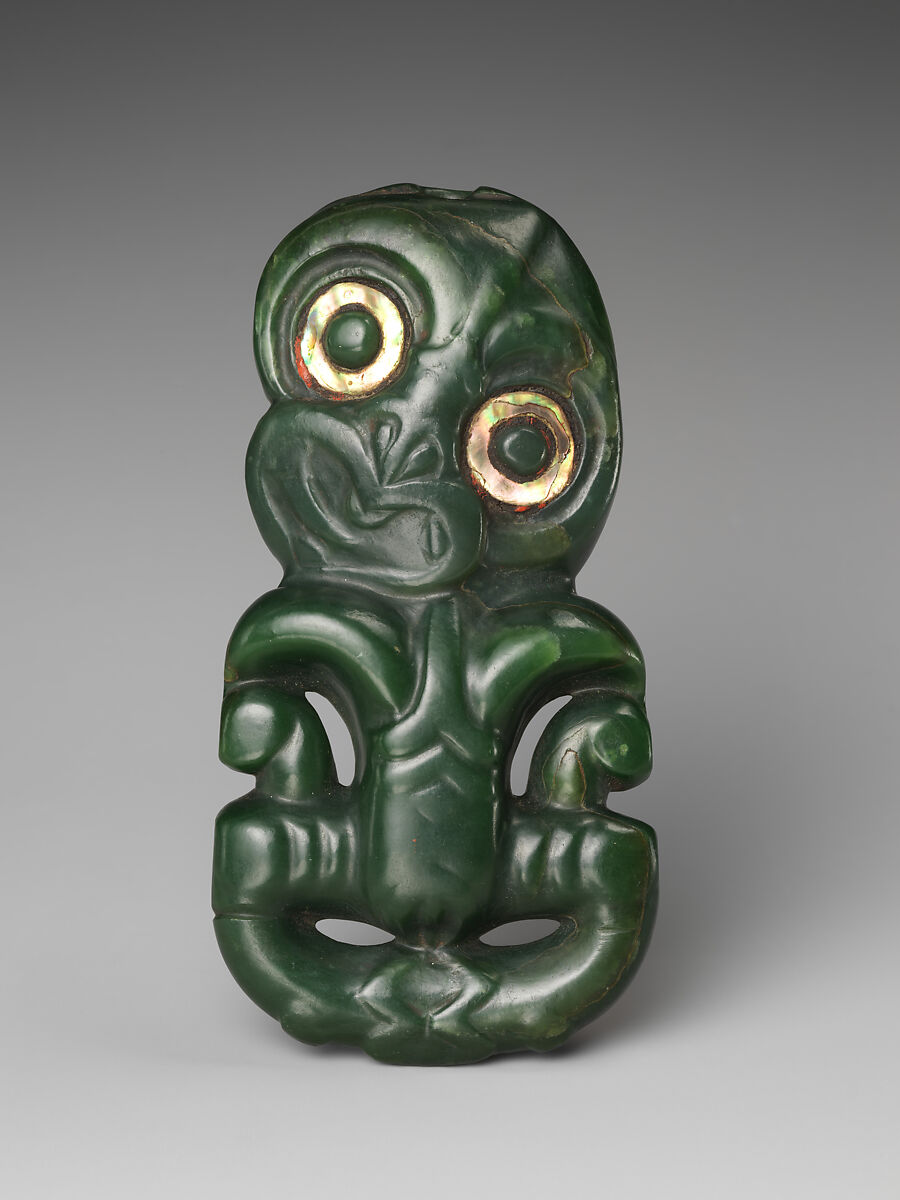Welcome to our newsletter, dear reader,
• We begin our monthly selection with a double bill on the essential nature, limits and problems of modern psychology. In these selected chapters, from René Guénon’s The Reign of Quantity and from Titus Burckhardt’s Mirror of the Intellect, we find very clearly articulated, first, the traditional psychology found in doctrines worldwide and through the ages; second, a crystal-clear analysis, a denunciation, and a meticulous rebuttal of the morass of contemporary “sciences of the mind” and associated therapies. This is not your casual Sunday morning reading, but well-worth the effort, to say the least.
Is it not one of the strangest characteristics of modern science that it never knows exactly what the object of its studies really is? (…) There is a confusion of the psychic properly so called with the spiritual. This confusion appears in two contrary forms: in the first, the spiritual is brought down to the level of the psychic…; in the second, the psychic is mistaken for the spiritual; of this the most popular example is spiritualism, though the other more complex forms of “neo-spiritualism” all proceed from the very same error.
• Around a quarter of the world’s religions are to be found in Oceania. It is from these native faiths that comparative religion studies received the key terms mana and tabu, without which it is hard to conceive the discipline as we know it. What are these religions of Oceania which have had such a discreet influence on the modern understanding of religion in general? We have had before some articles on Australian aboriginal traditions, and now we present here an introductory package, with an initial focus on the cosmology of the Pacific Islands.
Among the Maori, long-tongued carvings of the gods and ancestors remind viewers of aggression and tapu (and oversized heads of mana). Smaller carvings, such as greenstone pendants of Tiki, the first man, were prepared as love-gifts within security-circles or between in-laws and thus not intended for trade (let alone the tourist market to come)… Crucial for an understanding of Oceanian artistry is the study of the role of the imagination, which is only now beginning to receive the scholarly attention it deserves. In the world of the imagined, art, power, projections of divinity and the retributive impulse all converge.
Maori pendant of Tiki, 19th century, Aotearoa New Zealand.
Metropolitan Museum of Art
• As a gentle reminder that “the Spirit bloweth where it will,” and also as a reminder of the hierarchical authority of the cook in the monastic life of some traditions, we present selections from Delia Smith’s (yes, the TV chef) “A Journey Into God”, an unassuming primer of Christian spirituality of the highest caliber, in the footsteps of Julian of Norwich and other comparable masters.
Prayer is something that God does. If only we could grasp this simple truth. The trouble is that this something that God does is essentially mystery: there are no neat formulas, no amount of books on prayer can ever reveal just what it is that God does… Prayer is life: living, growing, developing, but always in secret—like a tiny seed buried in the earth steadily yet imperceptibly thrusting itself upward to the light… As a human race we may not yet fully believe in God, but from the beginning God has always totally believed in us. That is my conviction, echoing the English mystic Julian of Norwich, who perceived that ultimately “all shall be well.”




